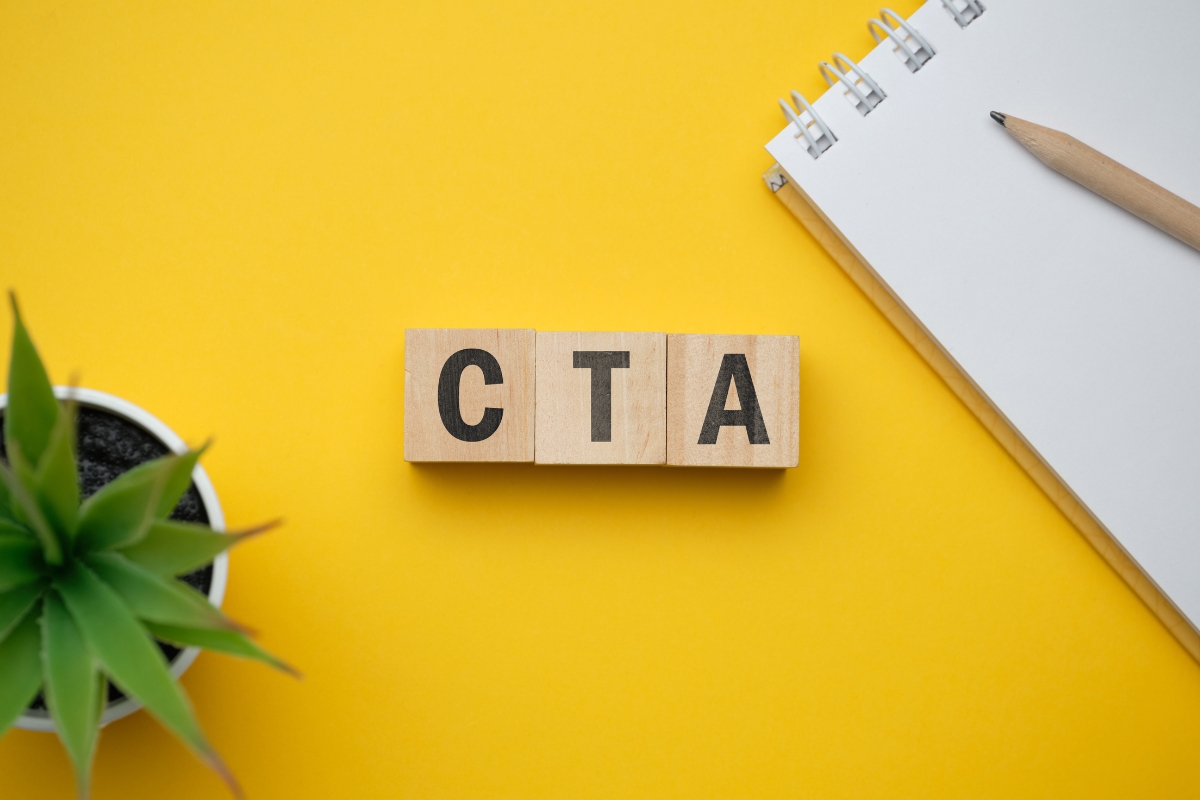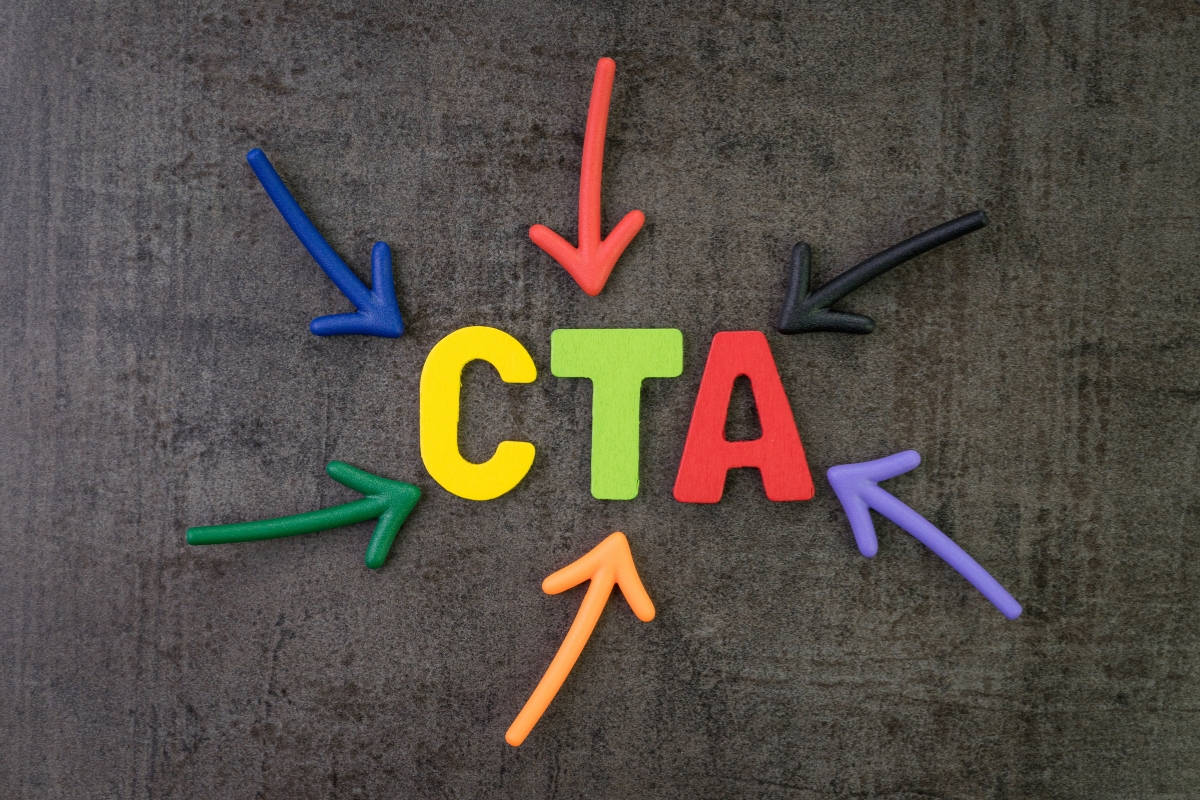Are you looking to boost your website’s engagement and increase conversions? Look no further than the power of call to actions! A well-crafted call to action can be the difference between a casual browser and a loyal customer.
In this post, we’ll dive deep into the world of call to actions, and share practical strategies for crafting compelling, high-converting CTAs that drive maximum engagement. Ready to take your website to the next level? Let’s get started!
Call to Actions: Are You Maximizing Conversions with Compelling CTAs?
Understanding the Psychology of Consumer Behavior

Understanding the psychology of consumer behavior is crucial for marketers and business owners aiming to optimize the customer journey and drive conversions. By delving into the inner workings of consumers’ minds, we can uncover the motivations, desires, and decision-making processes that influence their purchasing behaviors. In this section, we will explore the key psychological factors that play a role in shaping consumer behavior.
One fundamental principle to consider is the concept of “cognitive biases.” These biases are deeply ingrained patterns of thinking that can distort our perceptions and judgments. For example, the scarcity bias suggests that consumers place a higher value on limited or exclusive products. By effectively leveraging scarcity in your call to actions, such as offering limited-time discounts, viral giveaways, or highlighting low stock levels, you can create a sense of urgency that compels users to take action.
Another important consideration is the power of social proof. As social beings, we tend to look to others for cues on how to behave. By showcasing positive reviews, testimonials, or the number of satisfied customers, you tap into the social proof principle, reassuring potential customers that others have had a positive experience with your product or service.
Furthermore, understanding the role of emotions in consumer behavior is crucial. Emotions can significantly impact decision-making processes and purchase intent. By appealing to specific emotions in your call to actions, such as excitement, fear of missing out, or the desire for happiness, you can connect with consumers on a deeper level and increase engagement.
By uncovering and understanding these psychological drivers, marketers and business owners can create compelling and persuasive call to actions that resonate with their target audience, leveraging the power of intent targeting. In the next section, we will explore practical strategies for crafting effective CTAs that maximize engagement and conversions.
The Power of Visual Elements in Call to Actions

When it comes to call to actions (CTAs), the saying “a picture is worth a thousand words” couldn’t be more accurate. Visual elements play a powerful role in capturing attention and driving engagement. In this section, we’ll explore the impact of visual elements in CTAs and provide practical insights on how to leverage them effectively.
Humans are highly visual creatures, and we process images much faster than text. By incorporating eye-catching visuals into your CTAs, such as compelling graphics or attention-grabbing videos, you can instantly capture the viewer’s attention and create a sense of intrigue.
Color psychology also plays a significant role in driving user behavior. Different colors evoke different emotions and can influence decision-making processes. For example, red is often associated with urgency and action, while blue conveys trust and reliability. By strategically selecting colors that align with your brand and evoke the desired emotional response, you can create visual CTAs that compel users to take the desired action.
Furthermore, the placement and design of visual elements are crucial for optimizing engagement. By using clear and concise imagery that directs the viewer’s attention to the CTA button or message, you can guide them towards the desired action with ease.
To illustrate the power of visual elements in CTAs, let’s take a look at a prime example: Apple. Their product pages feature sleek, high-quality images that showcase the product from various angles, enticing users to explore further. By incorporating stunning visuals that visually convey the benefits and features of their products, Apple creates a desire for ownership and drives conversions.
In the next section, we’ll dive into the importance of persuasive copywriting in complementing your visual CTAs and maximizing their impact.
A/B Testing and Data-Driven Optimization of CTAs

A/B testing and data-driven optimization are essential tools for maximizing the effectiveness of your call to actions (CTAs).
Optimizing your call-to-action (CTA) involves experimenting with different versions through A/B testing to assess performance. Simultaneously, data-driven optimization delves into user behavior and engagement metrics to pinpoint enhancement opportunities. Harnessing both methodologies empowers you to refine your CTA’s design and messaging for optimal effectiveness.
Making data-driven decisions is essential in digital marketing. Through A/B testing, marketers can compare various versions of their call to actions by altering elements like text, color, or button placement.
This method enables them to identify the most effective variation that appeals to their target audience and boosts interaction rates. Continuous refinement of CTAs through this technique can result in substantial enhancements in conversion rates in the long run.
Furthermore, by analyzing user behavior data such as click-through rates and conversion rates, you can identify areas of the CTA that require optimization. For example, if you notice a high bounce rate on a particular landing page, you may need to modify the CTA placement or tweak the messaging to better align with user needs and expectations.
Incorporating A/B testing and data-driven optimization into your CTA strategies can help you make data-driven decisions and continuously improve the effectiveness of your CTAs. In the next section, we’ll explore the importance of AB testing and optimization in driving maximum engagement and conversions.
Strategic Placement of CTAs Across Digital Platforms

Effective call-to-action (CTA) placement is crucial for driving conversions and optimizing the customer journey across digital platforms. By strategically positioning CTAs, marketers and business owners can guide users towards desired actions, increasing engagement and ultimately boosting conversions.
When it comes to CTAs, placement is everything. The key is to make them highly visible, yet seamlessly integrated into the user experience. One effective strategy is to position CTAs above the fold, meaning they are visible without the need for scrolling. This ensures that users encounter them immediately, increasing the chances of capturing their attention and driving action.
Another powerful approach is to place call to actions at key touchpoints in the customer or marketing funnel journey. For example, on an e-commerce website, consider positioning CTAs on product pages, cart pages, and during the checkout process. By aligning CTAs with key decision-making moments, you can nudge users towards completing their purchase or taking the desired action.
Furthermore, take advantage of the power of social media platforms and email marketing. Incorporate CTAs into your social media posts, ensuring they stand out and entice users to click through. In email campaigns, strategically place CTAs to align with the content and guide readers towards the next step.
Notable brands, such as Apple and Amazon, excel in CTA placement. Apple strategically positions CTAs alongside product descriptions, making it effortless for users to add items to their cart or learn more. Amazon incorporates CTAs throughout the customer journey, from adding products to the cart to confirming the purchase.
By following these strategic placement techniques and analyzing the performance through analytics, businesses can optimize CTAs, increase conversions, and enhance the overall customer journey on digital platforms. So, take a step back, evaluate your current call to actions placement, and make the necessary adjustments to guide your users towards action. Your bottom line will thank you.
Personalization and Customization in Call to Actions

Personalization and customization are essential strategies for creating highly effective call-to-action (CTA) experiences. By tailoring CTAs to match the unique preferences and needs of individual users, marketers can significantly increase engagement and drive conversions.
Personalization involves presenting CTAs that are specifically relevant to each user based on their past behavior, demographics, or preferences. For example, an e-commerce website can personalize CTAs by recommending products based on a user’s browsing history or previous purchases. This level of personalization creates a sense of individualized attention and enhances the user experience, increasing the likelihood of a conversion.
Customization, on the other hand, empowers users to personalize their own call to actions. This can be achieved by allowing users to customize their profile, select their preferred categories of interest, or set their own notification preferences. By giving users a sense of control and autonomy, businesses can strengthen their connection with customers and encourage them to take action.
Leading brands, such as Netflix and Spotify, excel in personalization and customization of CTAs. Netflix’s recommendation engine personalizes CTAs by suggesting content based on a user’s viewing history, while Spotify creates personalized playlists based on a user’s music preferences.
By embracing personalization and customization techniques, businesses can create targeted and engaging CTAs that resonate with users on a deeper level. In the next section, we will explore the importance of tracking and analyzing user data to continuously refine and improve personalized CTAs.
Creating a Sense of Urgency and Scarcity in CTAs

Creating a sense of urgency and scarcity in call-to-actions (CTAs) is a powerful technique that drives immediate action and encourages conversions. By leveraging psychological tactics like urgency and scarcity, businesses can effectively prompt users to act swiftly and decisively. This approach can be further enhanced by incorporating remarketing or retargeting strategies, which involve targeting users who have previously interacted with a business’s website or products. By reminding these users of their interest and creating a sense of urgency, businesses can increase the likelihood of conversions and drive repeat purchases.
Urgency instills a feeling of time sensitivity in users, compelling them to act quickly before missing out on an opportunity. Limited-time offers, countdowns, or phrases like “Act Now” are good copy that converts and creates a sense of urgency that motivates users to take action promptly.
Similarly, scarcity plays on the fear of missing out (FOMO) by highlighting the limited availability of a product or service. Phrases such as “Limited Stock Remaining” or “Only 2 Seats Left” trigger a sense of scarcity, prompting users to make a purchase decision before the opportunity disappears.
Brands like Booking.com strategically use urgency and scarcity in their CTAs by displaying real-time availability or highlighting limited rooms left, driving users to make reservations quickly.
By incorporating urgency and scarcity tactics thoughtfully into CTAs, businesses can prompt action, increase conversions, and enhance the overall customer journey. In the next section, we’ll delve into the art of crafting compelling and persuasive CTA copy to further optimize engagement and drive results.
Incorporating Social Proof to Boost CTA Effectiveness

One highly effective strategy for maximizing the impact of your call-to-actions (CTAs) is to incorporate social proof. Social proof refers to the influence that others have on our decision-making. When users see evidence that others have already taken the desired action, it builds trust and confidence, making them more likely to follow suit.
There are several ways to leverage social proof in your CTAs. One approach is to showcase testimonials or reviews from satisfied customers who have benefited from your product or service. Authentic and positive reviews act as a form of social proof, assuring potential customers that others have had a positive experience and reinforcing their decision to take action.
Another effective tactic is to display the number of customers or subscribers you have. For example, using phrases like “Join over X satisfied customers” or “Over X people have signed up,” gives users confidence in the popularity and validity of your offering.
Leading brands like Airbnb and TripAdvisor excel in incorporating social proof into their CTA strategies. Airbnb displays reviews and ratings from previous guests, while TripAdvisor highlights the number of travelers who have booked a particular hotel or attraction.
By incorporating social proof, you can increase the persuasiveness of your CTAs, build trust with your audience, and ultimately drive more conversions. In the next section, we’ll discuss the importance of continuous testing and optimization to ensure the effectiveness of your CTAs in the ever-evolving digital landscape.
Conclusion: Mastering the Art of Crafting Compelling CTAs
Mastering the art of crafting compelling CTAs is key to optimizing the customer journey and driving conversions. By strategically placing CTAs, personalizing them, creating urgency and scarcity, and leveraging social proof, businesses can encourage users to take action.
Ready to take your engagement levels to new heights? Contact Newman Web Solutions at (404) 301-9189 to schedule a 30-minute free marketing strategy session and discover how our professional marketing solutions can be tailored to meet the needs of your company today!





